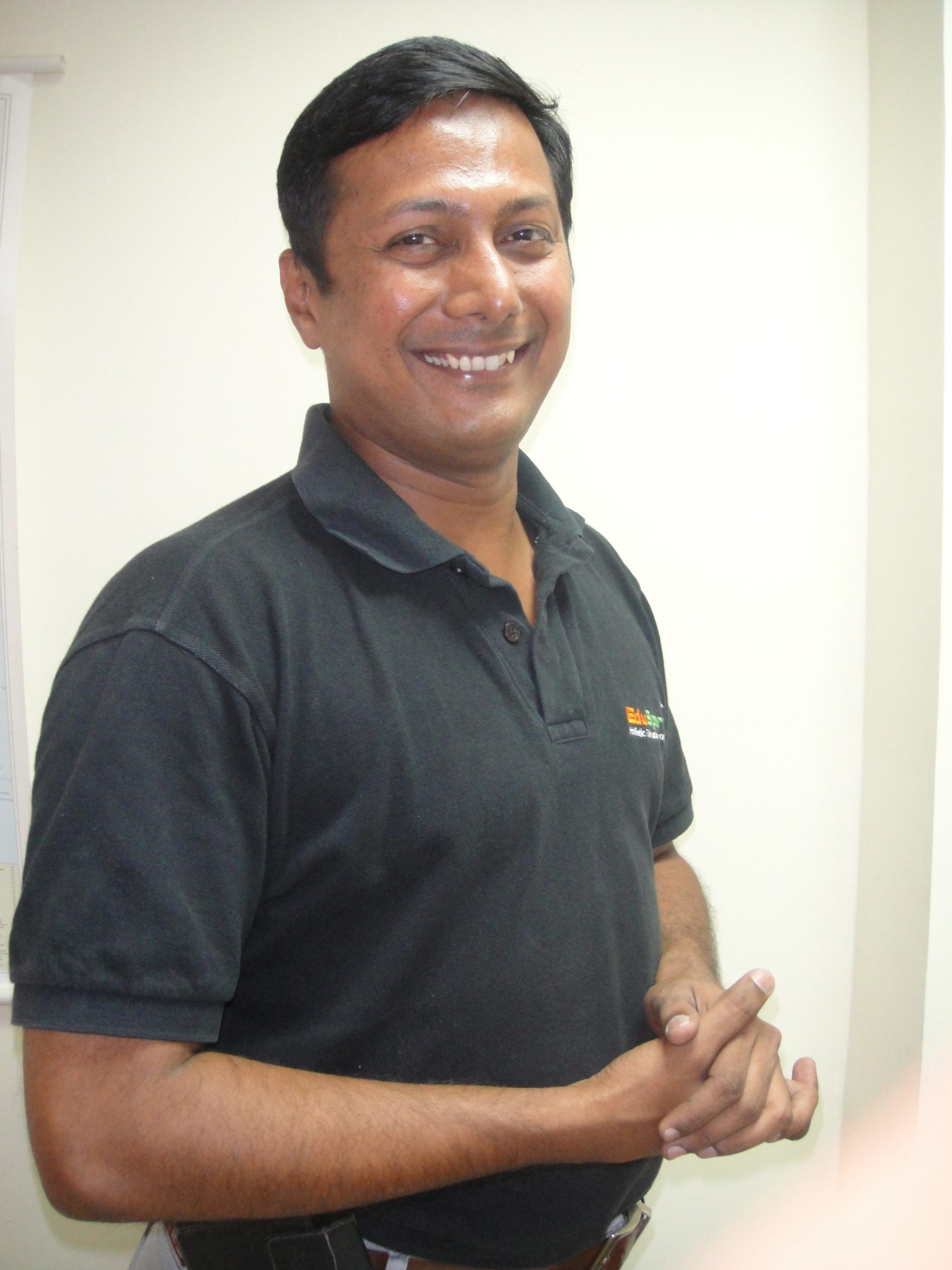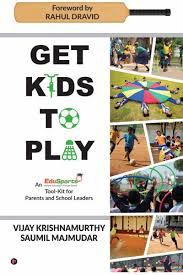Get Kids to Play Space, where to play?

Vijay Krishnamurthy

Saumil Majmudar
Saumil Majmudar, an alum of IIT-Bombay and IIM-Bangalore and co-founder and CEO of Sportz Village, one of India’s pioneer sports education companies which runs its EduSports programme in 600 schools countrywide, and Vijay Krishnamurthy, an alumnus of Bangalore University and New Jersey Institute of Technology, USA, sports research scholar and executive coach (ICF) with 25 years of global experience in tech design, sports entrepreneurship and management research, recently co-authored Get Kids to Play (2024). This insightful book educates parents and school leaders about the importance of physical activity and ways and means to motivate children to play. Excerpt:
 But what happens when even makeshift playgrounds start to disappear? Across India, open spaces for children to play have dwindled dramatically. It begs the question: Is limited space a real barrier to play? And if so, what can be done about it?
But what happens when even makeshift playgrounds start to disappear? Across India, open spaces for children to play have dwindled dramatically. It begs the question: Is limited space a real barrier to play? And if so, what can be done about it?- Residents of independent homes aka bungalows possess a unique opportunity to transform their streets into vibrant play zones. Imagine every driveway as a potential stage in a grand venture for community play.
- Programs like ‘Happy Streets’ are the heartbeat of a thriving, child-friendly urban culture. They represent a larger global movement acknowledging streets as public assets rather than mere thoroughfares for vehicles.
- You can contact your local authorities to participate in or spearhead such initiatives. This signals a commitment to a more livable, breathable city. Cities like Bogotá, Colombia, have led the way with their ‘Ciclovía’ program, where major streets are closed to cars every Sunday, transforming into playgrounds for millions.
- Consider creating modular, multi-purpose play spaces that can adapt to changing needs. The future of urban play lies in flexibility. Modular play spaces that can adapt from a hopscotch court today to a mini-soccer field tomorrow are becoming increasingly essential. In dense urban environments where space is a premium, multifunctional design ensures that play areas can evolve with the changing needs and interests of children.
- Safety is paramount in every initiative. This entails physical safety through using nets and soft play equipment and creating environments where children feel secure to explore and grow. It’s about designing spaces free from hazards, actively promoting well-being, and ensuring that every child can thrive without fear. This approach extends beyond the physical layout to encompass the community’s attitude, where every member is a guardian of the collective play space.
- Before settling into an apartment complex, assessing the layout for open spaces and play infrastructure is essential. Look beyond the glossy brochures and model units; ask about the square footage dedicated to play areas, the safety measures in place, and how these spaces are maintained.
- Reimagining shared spaces is vital. Gardens, rooftops, and parking lots can transform into dynamic play zones. In Singapore, a movement towards ‘vertical playgrounds’ has seen the rise of apartment complexes with integrated play structures, gardens, and community farms, turning the very buildings we inhabit into landscapes of play and interaction. Collaborating with neighbors to establish designated times and areas for play can ensure that these spaces meet the diverse needs of various age groups, fostering a sense of shared ownership and respect among residents.
- Upon settling in, forming a Resident Welfare Association (RWA) presents an opportunity to proactively shape the community’s culture. Advocating for a Sports Committee within the RWA can help create a structured approach to nurturing a vibrant, active lifestyle for children. This committee can conduct assessments of the play areas to determine how they can be used most effectively, perhaps even scheduling different activities throughout the week to cater to various age groups and interests.
- Another crucial strategy is organizing regular sports events. In Barcelona, community sports days have become neighborhood highlights, bringing together families and fostering a sense of belonging and collective pride. By ensuring these events are a staple in the community calendar, parents can guarantee that children have consistent opportunities for physical activity, regardless of season.
Facilitating dialogue between children and adults serving on various committees is vital. Children have unique insights into how they use and perceive communal spaces. Engaging them in the decision-making process ensures that the solutions devised are genuinely in tune with their needs. In some progressive communities in Scandinavia, ‘child architects’ are consulted for playgrounds design, resulting in spaces that are fun, safer, and more engaging. The goal is to foster a culture of mutual respect and collaboration, where playtime is recognized as a valuable and vital aspect of children’s daily lives.

















Add comment